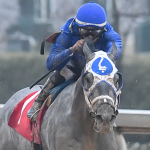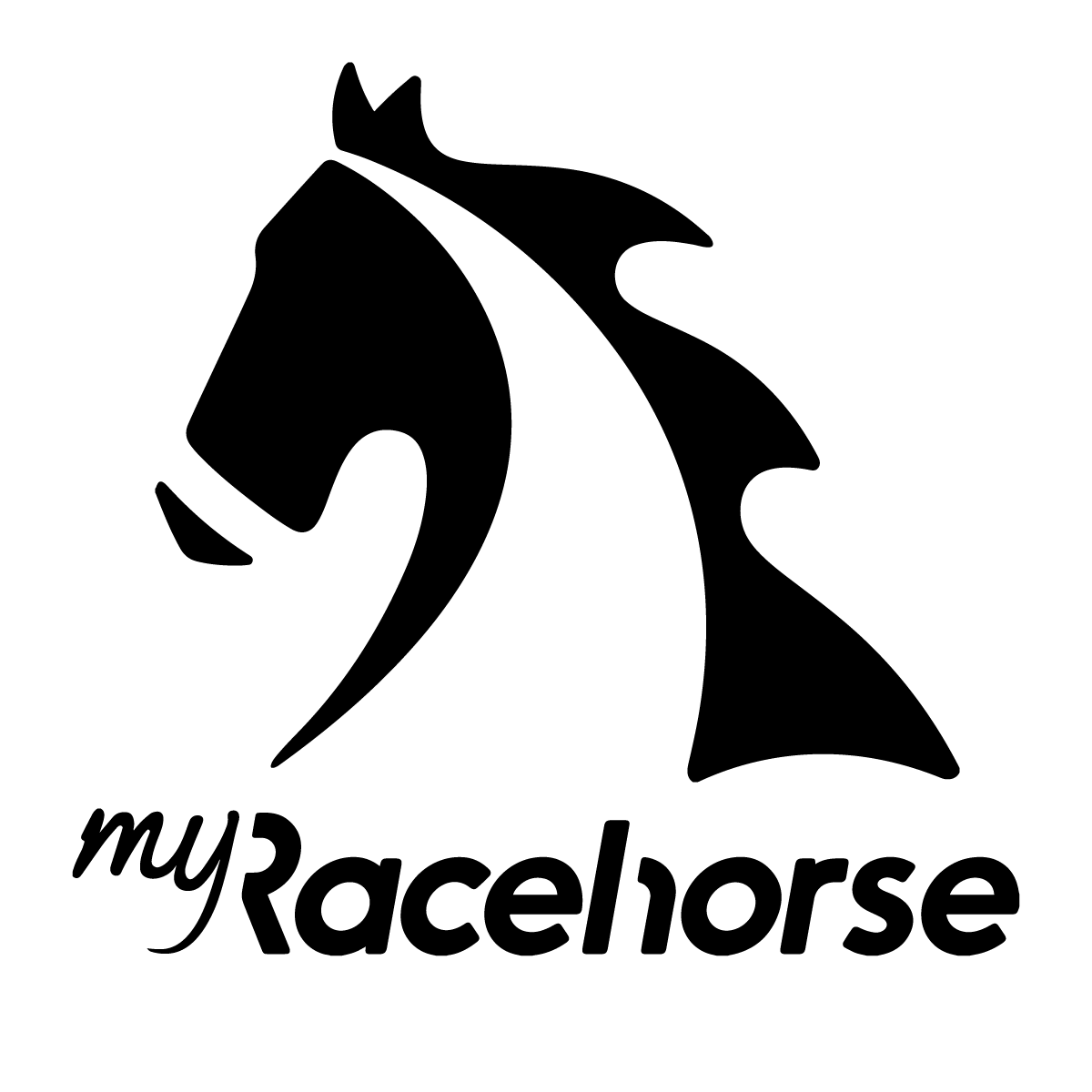
Preakness Quick Sheet: Get to Know the 2021 Preakness Horses

In the course of the last 45 years, the biggest advancement in handicapping has probably been the emergence of speed figures.
What is commonplace now was in its infancy back then when speed variants ruled the land.
The variants were simplistic. They were averages based on how many lengths above or below the track record the races on that day were.
Speed figures took that process to a new and infinitely more helpful level.

Though he was not the founding father of speed figures, Washington Post turf writer and handicapper Andy Beyer made them popular through his 1975 book “Picking Winners.” In it, Beyer explained his take on speed figures and how he developed numbers that could reflect horses’ performances at different distances.
For example, times of 1:12 at six furlongs, 1:25 at seven furlongs and 1:38 at a mile all equaled a 94 to Beyer, who used a numeric system in which the higher the speed figure, the better the performance.
Beyond that, a horse with a Beyer Speed Figure of 104 ran faster than a horse with a 94, even if those figures were earned at different distances.
Then Beyer established a table of pars, which was the expected speed figure for a winner at each level in the condition book. Let’s say the par for a maiden special weight sprint was an 84 and the winner ran an 86, that would mean the track was fast by two points.
Beyer applied that process to all of a card’s dirt races and turf races (keeping the dirt and turf races separate) and then he would average the pluses and minuses to determine whether the track was slow or fast. That means if the average for the day was minus-2 then the aforementioned MSW winner who ran an 86 would get credit for an 88 Beyer Speed Figure.
Horses who finished behind the winner had their figures calculated by how many lengths behind they finished, taking two points off for each length behind in a route race and three points per length in a sprint.
It takes time, but handicappers can craft their own speed figures.
They can also save time by purchasing speed figures from a variety of outlets.
Most of these providers use the same basic methodology as Beyer but calculate the data differently and offer different bells and whistles, so speed figures will be different on a company-to-company basis – and some are also more accurate than others.
As an introduction to speed figures, here’s a quick look at some of them:
Daily Racing Form: www.drf.com
The Daily Racing Form is the exclusive outlet for the Beyer Speed Figures, listing them in its past performances that also include running lines, a pace figure, some pertinent stats, info on turf and mud breeding, workouts, and a couple of sentences about the horses chances. DRF sells past performances via print and online, and electronically also offers Formulator past performances which offer more stats and the ability to customize your searches for data and stats.
Equibase: www.Equibase.com
They offer similar past performances but create their own speed figures. They also include Pace ratings, Race ratings and Class ratings to augment their speed figures. They can be found in many track programs, and can be purchased online, where you’ll find the speed figures categorized and additional statistics provided. Electronically, Equibase also offers Stats RaceLens, which allows handicappers to test theories and angles using Equibase’s in-depth database.
Brisnet: www.brisnet.com
Has the standard past performances and their own brand of speed figures. Their past performances also offer a wealth of stats, including percentage winners by running style at the race’s distance, a prime power number, average class figure. They also offer some helpful hints by pointing out a couple of key stats for each horse – if there are any.
TimeForm US: www.Timeformus.com
Is an eye-pleasing online product that offers speed figures plus extras such as a Pace Projector, Running Styles with Early/Late Ratings, Race Ratings, Trainer Ratings, and color-coded fractional times that indicate whether the pace was fast or slow.

Ragozin Thoroughbred Data: www.TheSheets.com
The father of speed figures is generally considered to be Len Ragozin, who teamed with Len Friedman to create and sell highly popular and effective speed figures in the years before Beyer’s book. Aside from the basic speed figure principles, the Ragozin Sheets (a.k.a. The Sheets, because they are printed on sheets of paper a little larger than a notepad) incorporate wind, weight carried and, most importantly, ground loss into their speed figures. Their numbers are based on a system of a lower number being the better number. A 0 can win you the Kentucky Derby, while a 20 means your horse belongs in claiming races. Aside from the actual figures, the Ragozin system is built on projecting how a horse will react to its last race. By using The Sheets, a handicapper looks at a horse’s last few races and then projects whether the pattern of those numbers indicates it will move forward, regress, or duplicate its last figure. The Sheets do not provide standard past performances lines as found with the other companies or accompanying stats.
Thoro-Graph: www.Thorograph.com
Thoro-Graph was founded by Jerry Brown, who used to work for Ragozin, so the figures are constructed akin to The Sheets. One difference between the two is that Thoro-Graph offers a condensed running line and also plenty of trainer, jockey, and breeding stats to complement the speed figures. Thro-Graph’s speed figures are generally a few points lower than Ragozin so it’s not unusual to see a horse get a 0 on Ragozin and minus-3 on Thoro-Graph and it will say the same thing about how that horse stands in regards to its rivals.

Please fill out the form below to request information about race horse ownership.